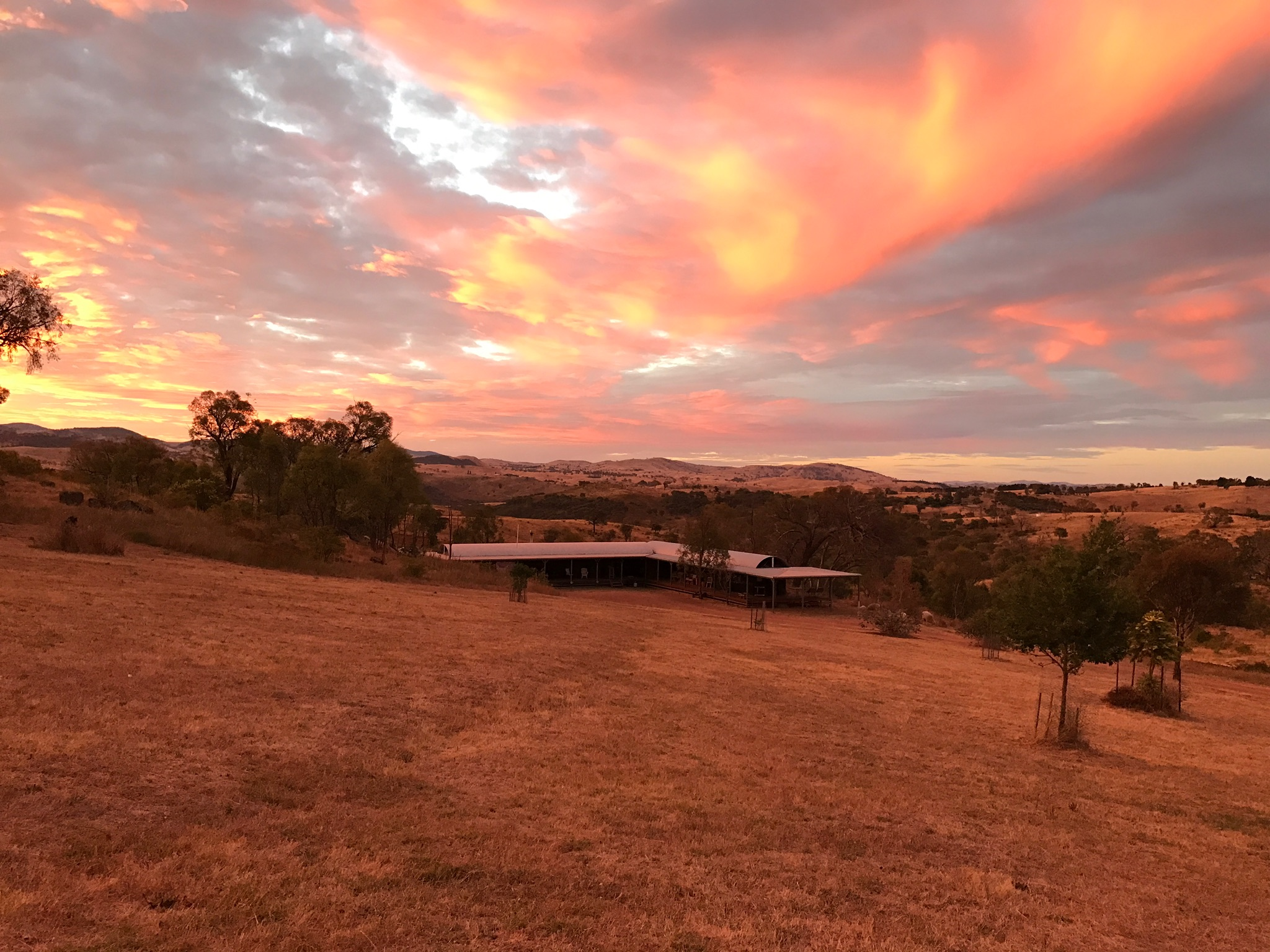
An 8-car passenger train moving at 80 miles an hour needs about a mile to stop. When it’s moving at 55 miles an hour, it can take a mile or more to stop after the locomotive engineer fully applies the emergency brake. Just think about the difference between a car and a large truck – the truck needs a lot more distance to stop then a car.Įvery freight train, load and situation is different but the average length of a freight train is about 1 to 1¼ miles( 90 to 120 rail cars).
#A train last stop how to#
How To Stop A Dirt Bike Everything having to do with trains is big. It will be used as a last resort, since it can cause damage or can cause the train to derail. The emergency brake applies more braking force than the standard brake. There is also an emergency brake, a separate mechanism from the conventional braking system, functioning by inducing this rapid loss of pressure, designed to stop the train as quickly as possible. But don’t forget, trains stop in their own time. The process that eventually will make the train stop. This rod is forced into the brake pads next to it, creating friction between the two. The compressed air from the brake cylinder will push up against the interior rod(part of the braking system of the train). When the operator of the train activates the braking system, the compressed air will be distributed along the train through the braking pipe, entering the brake cylinder. The air from the atmosphere is sucked in by a compressor and stored in a reservoir until future use. The most used train braking systems in the world are the ones using compressed air, called “air brakes”. Converting energy into heat is the way to do it.Ī pad or a block attached to the wheels will convert the kinetic energy into heat, will slow down the wheels and eventually the train will stop. Let’s find out how a train stops safely and in time.Ī moving train contains kinetic energy, which needs to be eliminated in order for the train to stop. Trains cannot stop fast enough to save a life, the moving mass is huge. Mayor Bloomberg and his team also began working on a plan to extend the 7 line out of the city to New Jersey.We all know trains can’t just stop as easily as a car. This extension will connect the Port Authority Bus Terminal and the Long Island Rail Road to the line. The MTA promises to provide a more convenient service to 7 Train riders with the Hudson Yards Rezoning and Development Program plan, which will add a new station at 34 th Street and 11 th Ave (and possibly another station on 41 st and 10 th Avenue, if the budget allows) to the already existing line that ends at Times Square. 1 This is why the 7 has earned the nickname the “International Express”. Latinos make up 40-60% of the population in Jackson Heights, Woodside, and Elmhurst, and many of the people riding on the train from various stops reflect this demographics. According to the 2010 Census, 60-75% of the people living in Flushing near Main Street are Asian, mostly Chinese and Korean immigrants. The 7 stops in many neighborhoods that are densely populated with immigrants. Though the 7 line runs from Queens to Manhattan, it has connections to literally every corner of the five boroughs.

And last but not least, from Grand Central you can transfer to the 4, 5 or the 6 train. From Times Square, transfers are available to the 1, 2, 3, A, C, E, N, Q, R trains.

From Queensboro Plaza, you can transfer to the N and Q across the platform. You can transfer to the E, F, M, R trains from 74th-Broadway. Many transfers are available along the ride from Flushing to Times Square. There are a total of 22 stops on the 7 line. My eyelids begin to feel heavier and by the time the train passes Junction Boulevard I drift away into a light sleep. For breakfast, some eat homemade or store-bought dumplings. Some are playing Fruit Ninja on their smartphones while others are texting on their outdated flip phones. Some are reading their books and newspapers, most of them not written in English. I look around and see people scattered around different seats trying to avoid as much physical contact as possible. I sit on the outer seat of the row as usual.


 0 kommentar(er)
0 kommentar(er)
